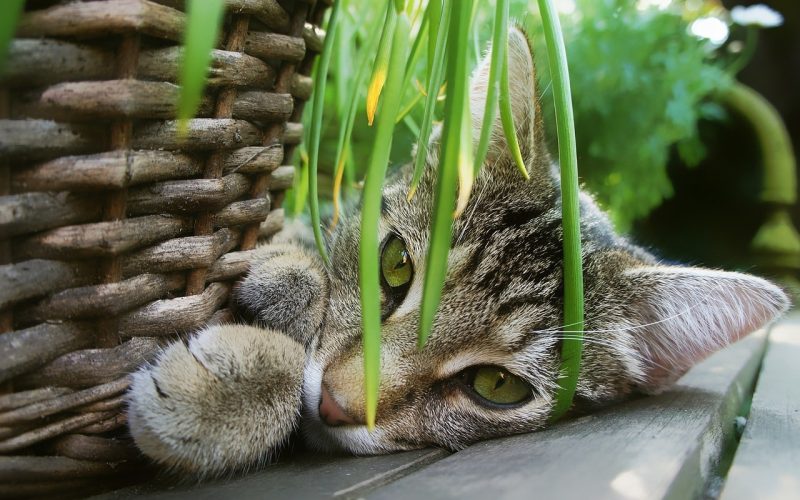Even if you adore cats, you don’t want stray cats to stroll around your yard, and you should know how to prevent cats from defecating in your garden.
A simple and reliable deterrent is to grow plants that repel cats. Cats in the garden may either be a welcoming sight or a real pain.
Although their presence may be advantageous in deterring rodents and other pests, they can also harm plants. Gardens may quickly turn into stray cats’ natural kitty litter boxes.
They risk uprooting young plants and suffocating surrounding herbs as they remove dirt.
Additionally, their waste may contaminate the substrate with diseases and hazardous substances.
Below is a list of the best plants that repel cats.
1. Curry Herb Plant
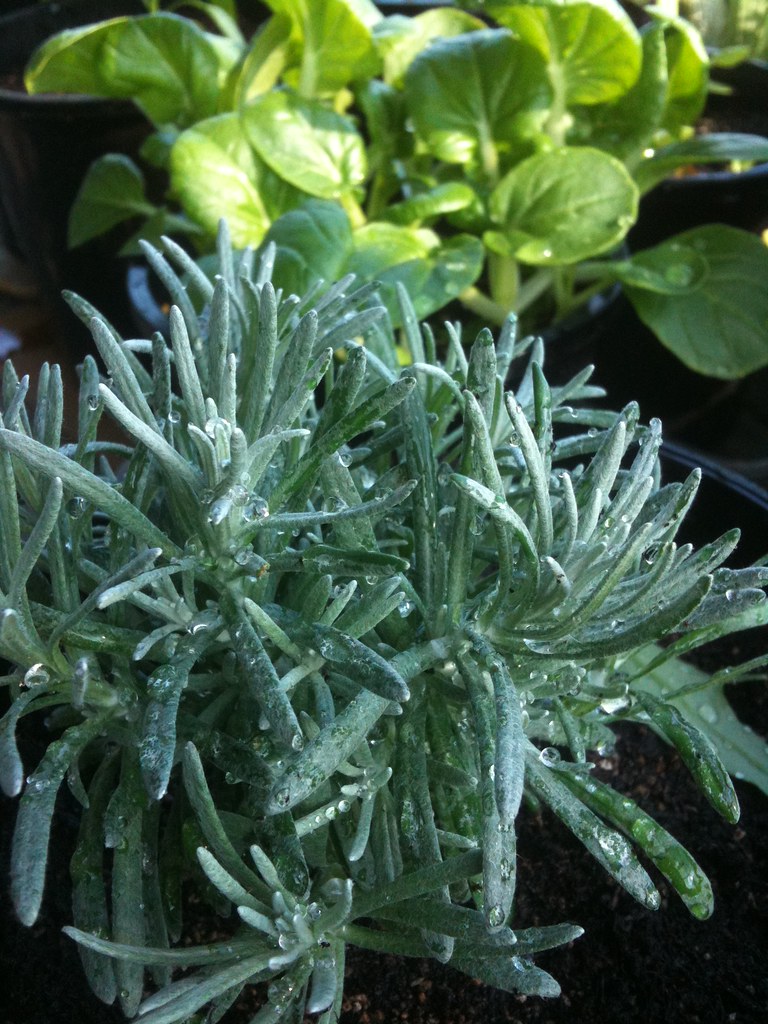
The curry herb plant is unrelated to the curry tree (Murraya koenigii), despite sharing a fragrance with the curry powder used in Indian cuisine.
Its native stands are mostly confined to rocky, arid areas with sandy soils.
As it matures, the stems start to get woody. These have noticeably scented, greyish-green leaves that resemble lavender plants.
The curry herb plant has long been used to spice regional cuisine across its native area.
Its flavor is due to a powerful essential oil with therapeutic and protective properties.
The aromatic oil probably shields the plant from grazers and harmful bugs in the wild. It may stop cats from tearing up substrates in sandy gardens.
It is possible to cultivate the curry herb plant to lend bushy textures to semi-arid areas.
Large stands of it should successfully repel cats, making them doubt your property’s suitability as a food source and hiding place.
2. Geraniums
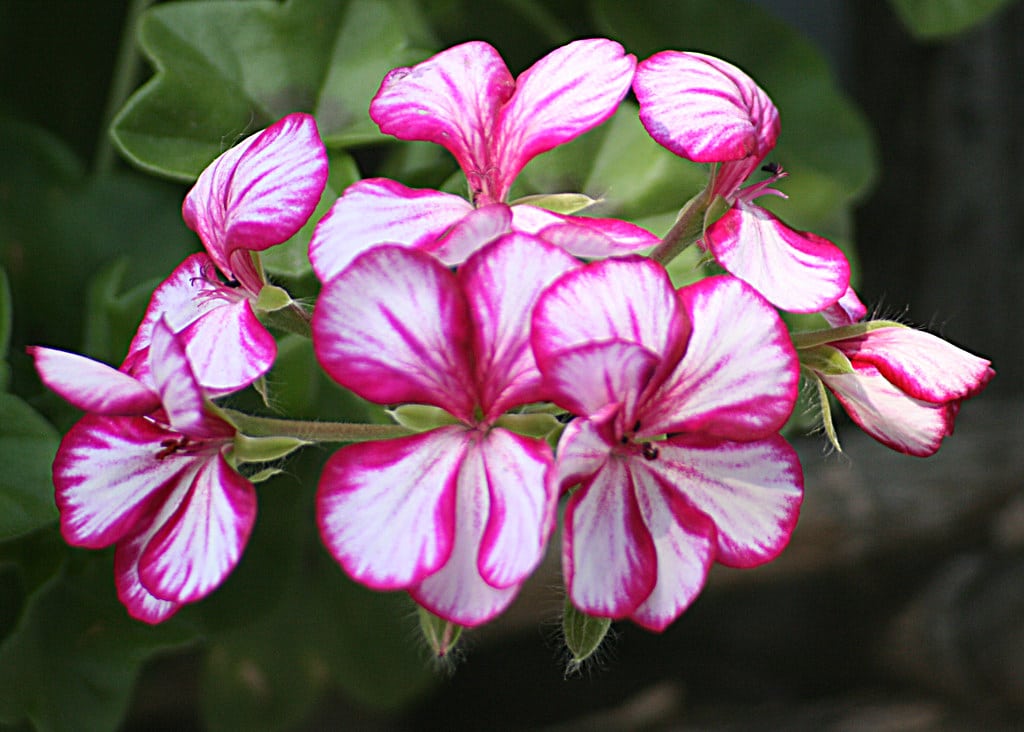
Geraniums are a great option if you want to add color to your landscape while using a natural cat deterrent.
These garden plants that repel cats give out a nice scent to humans, but most cats find them offensive to their sense of smell.
Geraniums are typically outdoor plants but may also be maintained throughout the winter if given the right care.
Water geraniums sparingly and only when the leaves start to droop, according to proper care instructions.
As new growth forms, remove the old, dead leaves. Allow the soil to dry completely before watering, and reduce watering throughout the winter but not enough to let the roots dry out.
Deadhead flowers stimulate new ones, and pinch stems foster a bush-like look.
3. Lemon Thyme
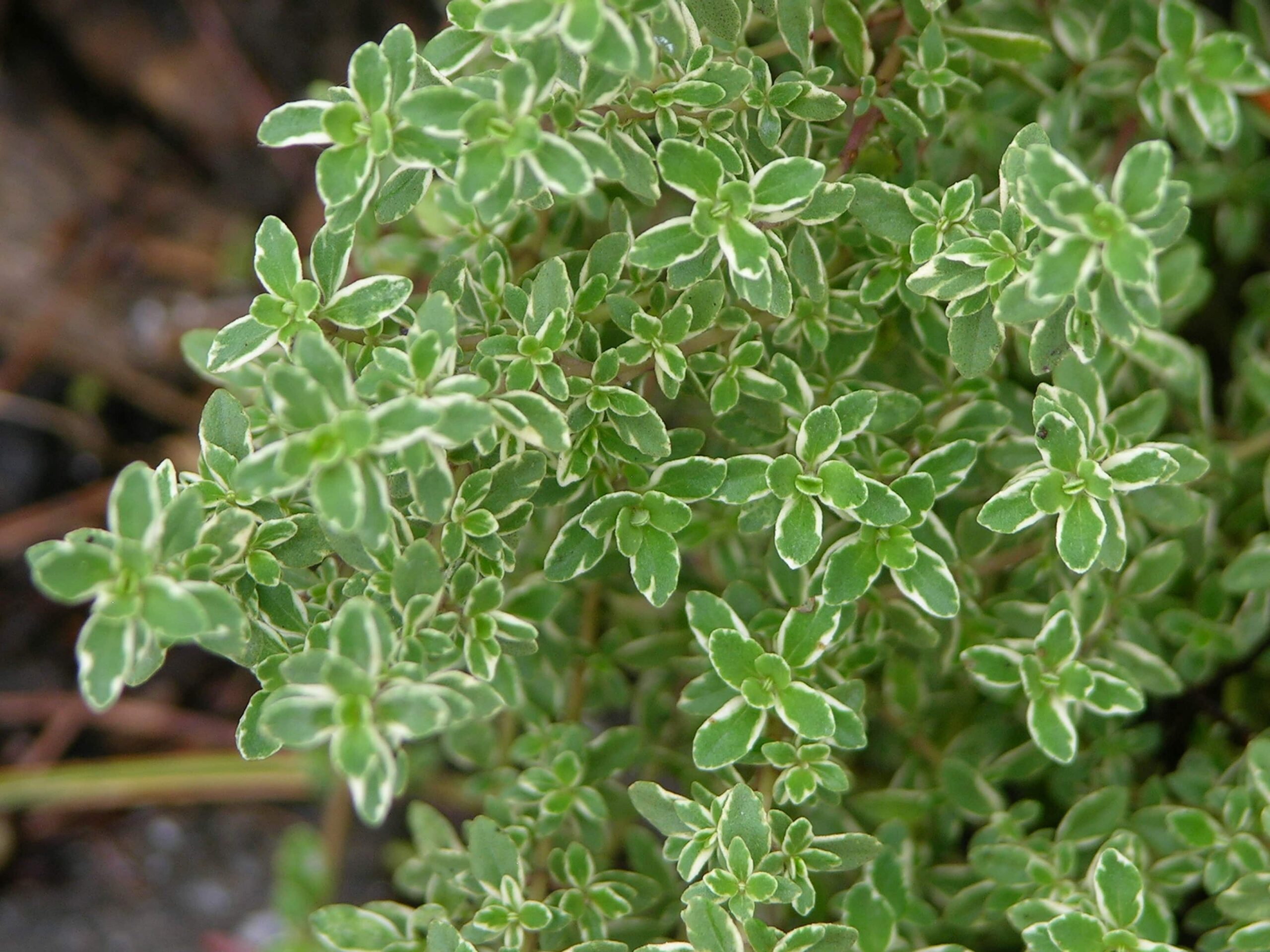
Lemon thyme is a creeping perennial that develops to be a lovely, delicate herb that readily enhances the look of other blooming plants.
Its fragile shoots develop into thick, very textured mats over time. Due to this, it makes a great landscape plant for gardens of all sizes.
Its shoots may reach a maximum height of around 4 inches (10 cm) as a sub-shrub. They often reach a width that is around three times their height.
The scent of numerous citrus plants may be found in lemon thyme essential oil.
Cats often avoid citrus-scented plants, particularly those whose leaves give off a strong perfume when crushed or brushed.
Therefore, raising this variety is the best way to prevent cats from using your yard as their personal restroom or hunting area.
Since there are different types of lemon thyme, horticulturists often choose them. Some of them have leaves with more potent scents and variable colors.
Additionally, their nectar-rich flowers attract swarms of helpful insects and butterflies to the garden.
They are low-maintenance, may enhance the environment, and help keep pests away from the more sensitive areas of your yard. This is one of the best plants that repel cats.
4. Oregano

Oregano, a member of the Lamiaceae family of mint plants, is a wonderful addition to this list of the best plants that repel cats.
Due to its multiple applications and minimal care requirements, this attractive perennial is widely grown as an ornamental plant.
The flavor feature of oregano leaves, which are typically light to olive green in color, may be bitter or spicy.
Although their tastes are pleasing to humans, animals often find them repulsive.
Dense and well-established oregano stands should repel cats and other wild animals when planted around vegetable plots and flowerbeds.
The leaves are poisonous to cats since they may cause gastrointestinal issues.
Any undesirable visitors should be scared away by their scent alone, particularly if other mint family members are around.
Place this plant, rich in oil, in areas that get direct sunlight if you want to cultivate it.
For optimum spread and leaf growth, there must be sufficient sunshine.
Remember that oregano often favors warm temperatures and grows best on well-draining surfaces.
Healthy specimens may survive in various conditions and persist annually in temperate regions.
5. Citronella
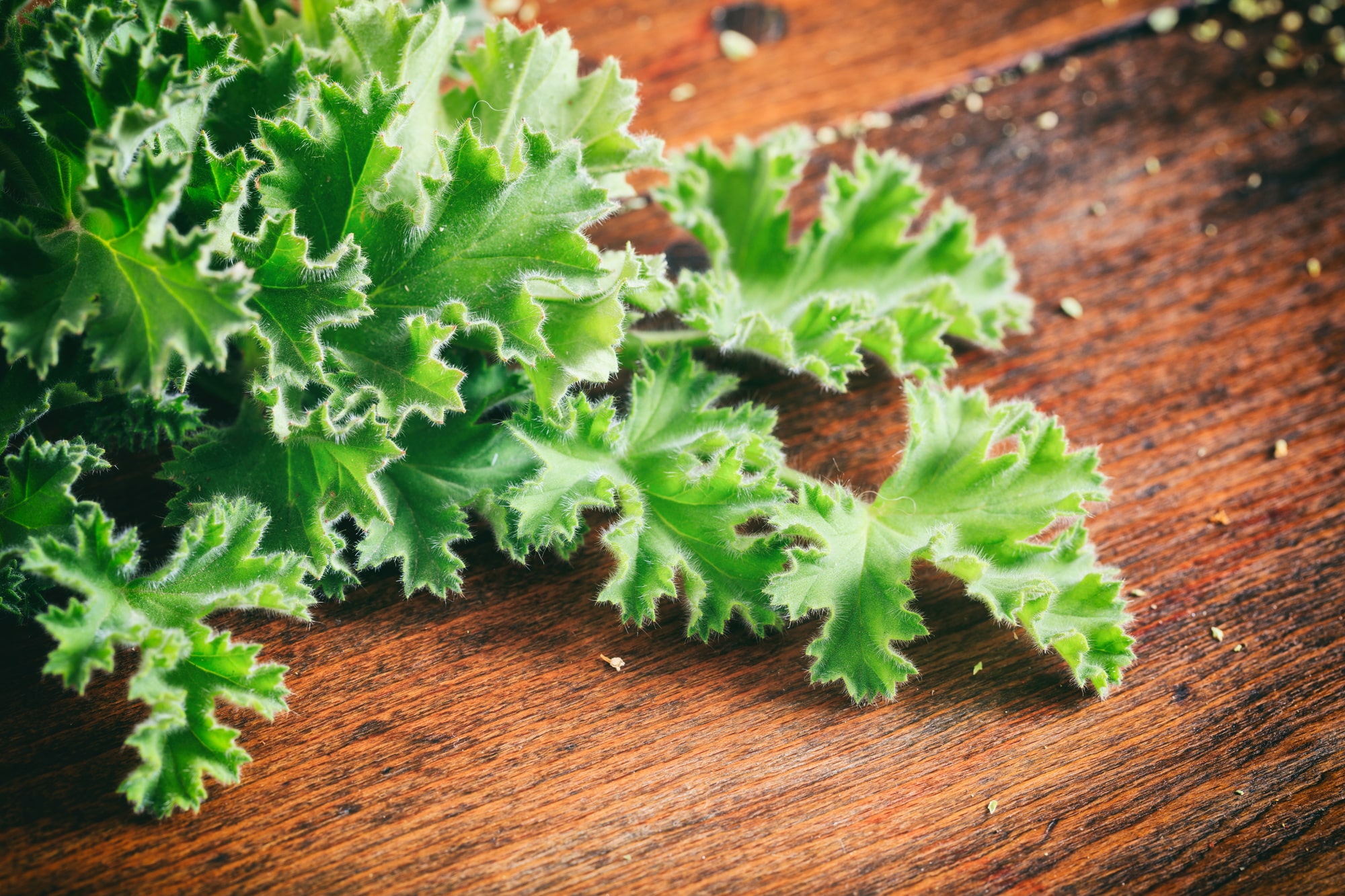
Cymbopogon nardus, sometimes known as citronella, is the scientific name for one of the most well-known members of the Geranium family.
Considering how well it keeps mosquitoes and other pests at bay, it is often called the “Mosquito plant.”
The reason is that this plant has a strong citrus scent that cats and bugs find repulsive. Numerous health advantages of citronella exist for humans.
Due to the antioxidants and anti-inflammatory components, it is very useful against renal and respiratory issues.
Citronella leaves also have therapeutic qualities. Therefore, putting their powder on the wounds helps hasten the healing process.
Additionally, mosquitoes detest the scent of citronella plants. Therefore, they are also a successful mosquito deterrent.
You may avoid mosquito-borne illnesses like dengue fever and malaria by doing this.
Animals (like cats) also dislike the scent and prefer not to approach them, protecting your plants.
Pest control is the primary purpose of planting citronella plants.
The plants may be grown in various locations to prevent pests like insects and animals from ruining your gardening.
Due to its smell, cats hate this plant, making it one of the best plants that repel cats.
It might be beneficial if you first crushed some citronella leaves and petals. After mixing it with water, spray the resulting repellant mixture on the other garden plants.
6. Lavender

Although lavender flowers and their scent entice humans, cats hate them, making them one of the best plants that repel cats.
They should stay far away from the garden due to the phytochemical-rich essential oils, which include varying amounts of camphor, linalool, and more potent scenting components.
Due to this, it’s not recommended for cat owners to use lavender-scented items within their homes.
Cats may exhibit signs of discomfort when forcedly exposed to the fragrance. Grow lavender species as shrubs to optimize their repelling abilities.
In addition to keeping cats away, well-established stands should lessen the likelihood that grazers and other harmful pests would wreak havoc in the garden.
Plant them around flower beds that include delicate and easily damaged species.
However, bear in mind that if they are not given the right circumstances, they will draw their hosts of pests.
Taller lavender plant kinds may be utilized as fence borders to obstruct a possible visitor’s line of sight.
Additionally, any cats that try to scale your fence can accidentally rub against the lavender plants, emitting a stronger and more enticing aroma.
7. Thorny Plants

Since most wild animals may be effectively deterred from entering private land by thorny bushes, they are widely employed as natural fences or borders.
Cats are unlikely to walk on or hide behind plants that may irritate or itch their skin.
For instance, a prickly pear cactus barrier might hurt small and big animals, discouraging them from entering even the most alluring gardens.
The prickly cacti often used to make thorny fences need not necessarily be built of sand and dry substrates.
Aim to choose species that will thrive in the climate of your area. You could consider cultivating berry bushes with thorns along their branches in milder temperate zones.
These should successfully keep trespassers out of your garden when organized compactly.
Note that there shouldn’t be any significant spaces between the lowest branches and the ground at the base of a thorny fence to dissuade cats and kittens.
Hawthorn, holly, blackberry bushes, pyracantha, and berberis species should all function well as hedge plants.
These barrier plants that repel cats should also provide your property complexity and seasonal color bursts as an added benefit.
Consider cultivating shrubs with pointed leaves if you’re nervous about dealing with thorny plants.
Wild animals may be discouraged just as effectively by stiff, toothed leaf edges as by thorns.
8. Lemongrass
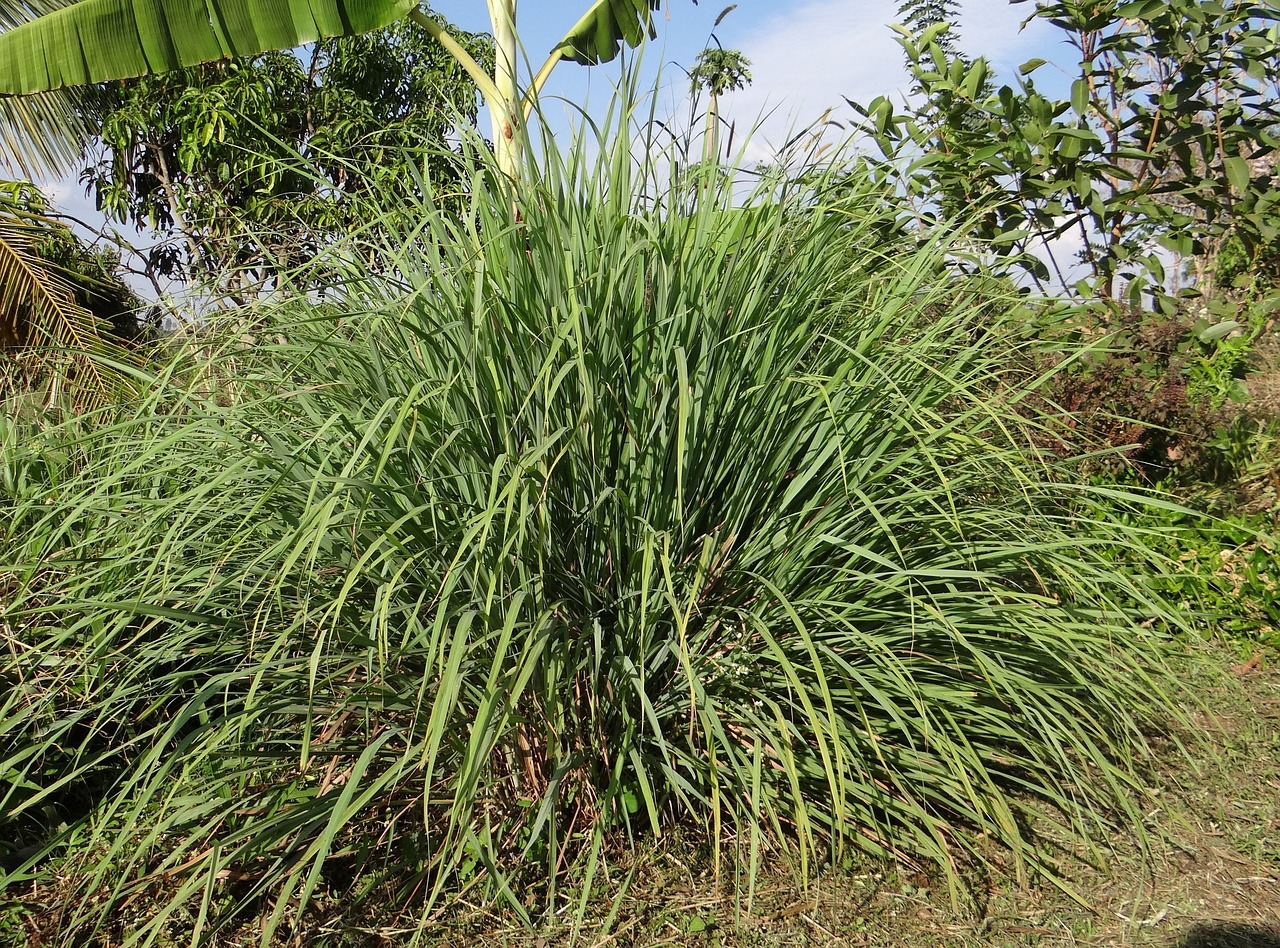
Lemongrass may grow up to five feet tall in thick, grassy bunches. This tropical plant is often used in garden beds as decorative grasses because of its resemblance.
One of the many advantages of lemongrass as a herb is its capacity to repel cats and other pests with its lemony-citrus fruit scent.
Never plant lemongrass in clay soil since it is a tropical plant that prefers moisture and would rapidly perish if left in wet soil.
Even in hotter areas, Lemongrass should be planted in a place that provides full light.
Lemongrass needs well-draining soil with consistent hydration since it is a tropical plant, which prevents the roots from drying up.
Use high-quality potting soil for planting in a pot, one that is at least 12 inches wide.
9. Rosemary

Rosemary is a beautiful plant with a wide range of applications in the home and garden. It is often planted as an ornamental shrub.
Its developed shoots may be surprisingly resilient and dependable due to its drought tolerance.
It retains an upright or trailing form and is recognized for its evergreen, dark, leathery leaves that resemble the needle-shaped needles of hemlock conifers.
Due to cats’ dislike of its fragrance and texture, rosemary may serve as a cat deterrent.
The distinctive scent comes from the plant’s scraped or damaged portions and is caused by the essential oil in the leaves.
Additionally, bushes that have grown to a height of 1 to 1.5 meters (3.3 to 4.9 feet) should naturally emit a strong scent.
While cats should be able to detect this immediately away, humans may not be able to.
Even though cats tend to avoid it, rosemary is not generally considered hazardous to them. It is quite unlikely that they will try to eat the bitter leaves.
Place the stems of this herb in sunny, well-draining places in the garden, particularly where cats are most prone to dig up the soil, to encourage development. This is undoubtedly one of the best plants that repel cats.
10. Common Rue
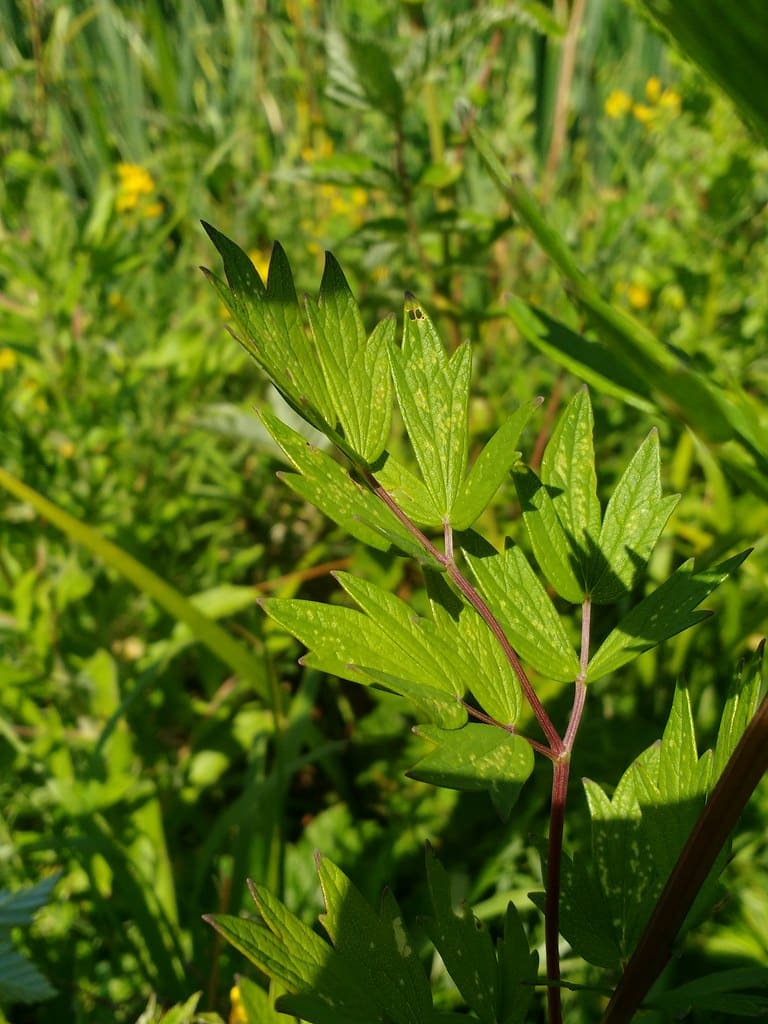
Common rue, sometimes referred to as the herb-of-grace, is distinguished by its bitter flavor.
Toxic substances are present in their extracts with powerful scents. These might have harmful and mutagenic effects on the user after consumption.
Rue oils may also cause phytophotodermatitis, which manifests as skin blisters when applied to the skin and exposed to sunshine.
Rue, so named because of the bitterness of its leaves, is often not a favorite of cats.
They are successfully discouraged from getting too near to the intricately textured leaves by the fragrance. Due to its flavor and scent, this attractive plant also provides extra advantages.
This is among the plants that repel cats that may serve as an effective insect repellent, an unusual cooking component, an ingredient in incense, and a room deodorizer.
Avoid planting common rue in garden beds if you want to use it to repel cats from sensitive plants.
Instead, maintain a clean row of this plant along the front or in the middle of delicate herb and floral species stands.
When rue gets established, it may grow swiftly to a width of around 3 feet (1 meter).
The shoots should be encouraged to develop quickly with well-draining soil and full sun to moderate shade.
11. Pennyroyal
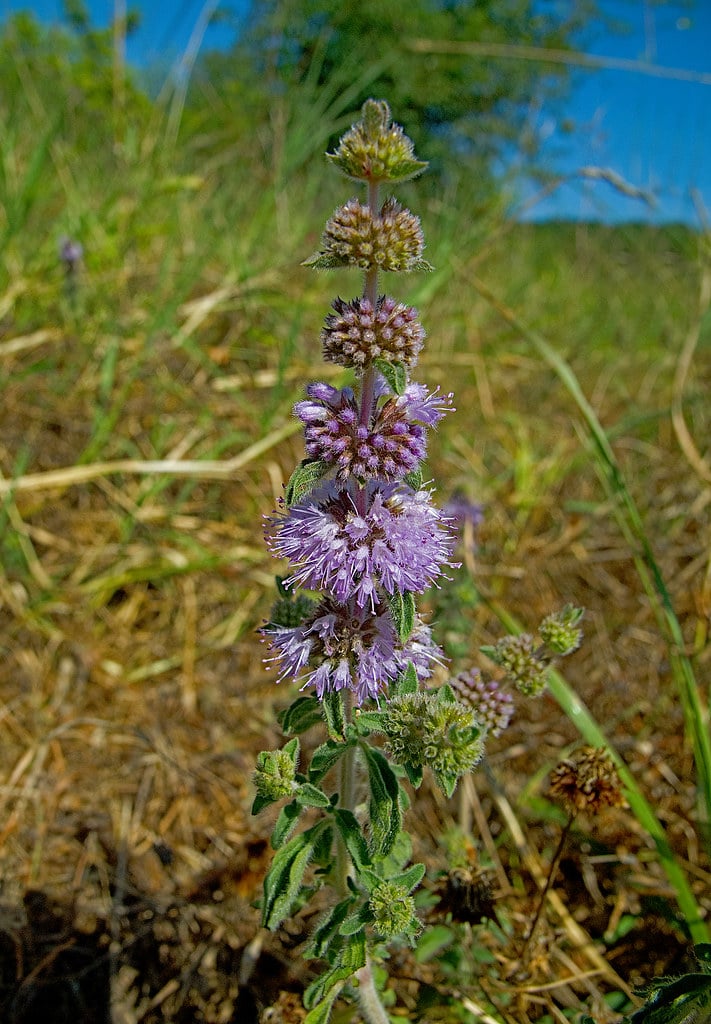
This group member, among the smallest, is a member of the Mint family. Mentha pulegium, sometimes known as pudding grass, is its scientific name.
Even though it can currently be cultivated practically everywhere to repel cats, its natural origins are thought to be in Europe and the Middle East.
Pennyroyal is utilized in herbal remedies for colds, fever, pox, cramps, migraines, and other health issues since it contains many helpful ingredients (including antioxidants).
Additionally, eating this plant is a fantastic strategy to combat oxidative stress in the body.
If you have skin allergies, you may also use crushed pennyroyal.
Additionally, pennyroyal leaves have been used for pregnancy termination since ancient times. Pennyroyal leaves may be used to create an herbal tea.
It is quite good in removing tiredness and increasing energy. This is one of the plants that repel cats, used as a flavoring ingredient.
To make sweets resemble cakes, chefs add leaf powder or oil. Insects and cats dislike the scent of pennyroyal.
12. Scaredy Cat Plant

Even if it doesn’t always appear to work, C. caninus, given its name for its capacity to repel cats, merits a spot on this list of the best plants that repel cats.
It releases a skunk-like fragrance that becomes stronger anytime its leaves and flowers are touched, which is said to deter just about any animal trying to visit your garden.
However, if you’re thinking of growing plants primarily as a cat deterrent, you may as well purchase a couple of this unpleasant variety.
Its scent is comparable to several eucalyptus species that have insecticidal qualities.
Interestingly, the oil has been shown to have antibacterial and antioxidant effects.
The decorative characteristics of the scaredy cat plant are pretty lovely. If grown in full sun and on well-draining surfaces, this herb requires little care regarding upkeep.
Healthy cuttings may be propagated to increase stands readily. However, be aware that cutting the plant will let its distinctive scent out.
13. Catnip

Catnip tends to attract cats, so it stands to reason that you’re interested in learning how to use catnip to deter cats.
Planting catnip in a place that you don’t mind cats visiting will draw them to that part of your yard.
Another plant in the mint family is catnip, although cats love the scent of it.
Catnip prevents your planters from being used as litter boxes, as can just scattering crushed leaves in a sandbox or other areas of your yard.
When planting, be sure the location has lots of space so that cats, even stray cats, may roll about without endangering anything else.
The low-growing perennial will wither away in the winter and reappear in the spring. Chicken wire may be used to cover plants to help shield the base and roots from cats.




